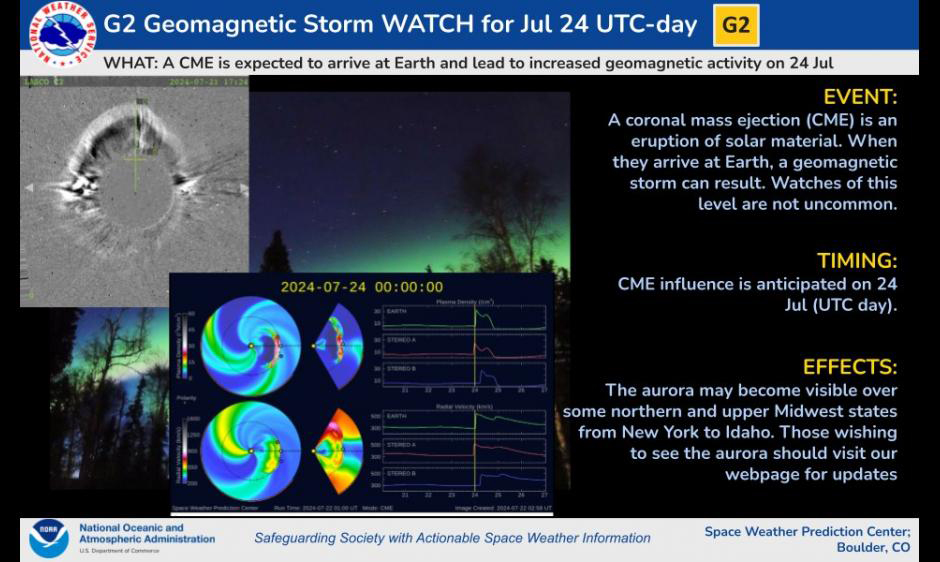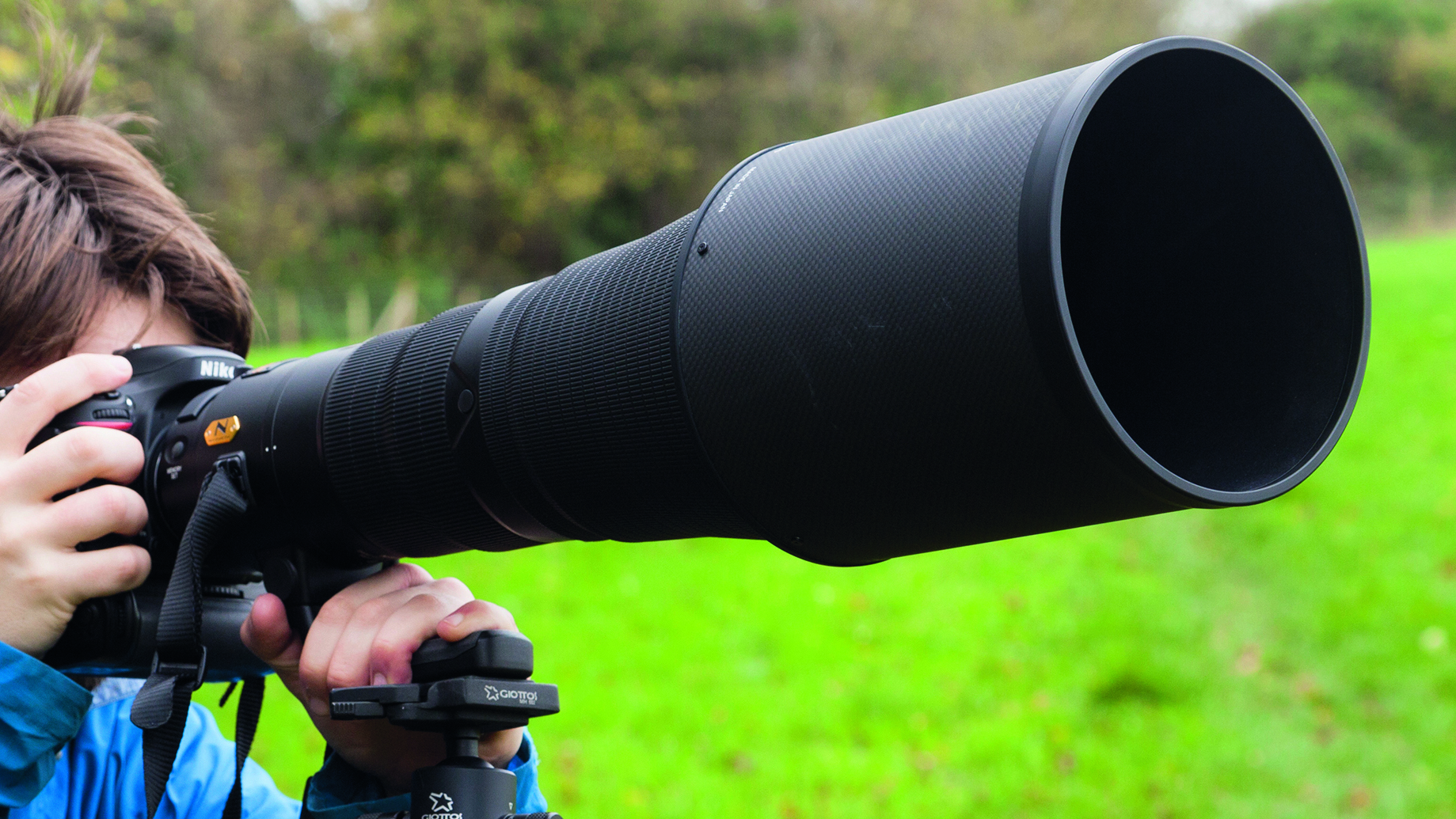One for the astrophotographers – 'photographic aurora' will return as far south as New York this week
While tricky to see to the naked eye, the Northern Lights will be visible through a lens from New York to Idaho this Wednesday

A geomagnetic storm triggered by a coronal mass ejection (CME) is expected to arrive at Earth on July 24, potentially offering us another sneak peek of the northern lights.
"The aurora may become visible over some northern and upper Midwest states from New York to Idaho," report the National Oceanic and Atmospheric Administration (NOAA).
A CME is a significant expulsion of plasma and magnetic field from the sun's corona, the outermost part of the sun’s atmosphere. This most recent ejection happened on July 21, and is now hurtling towards Earth, due to arrive on July 24.
The sun has been going through a stage of increased activity lately due to the fact we are in the middle of a solar maximum, the peak of solar activity during the sun’s approximately 11-year solar cycle, which is expected to last until January 2025.
During this period, the average number of solar sunspots increases on the sun’s surface, and these magnetic phenomena increase the presence of solar flares and CMEs, and therefore geomagnetic storms.

The electrical charges caused by the geomagnetic storms collide with the Earth’s atmospheric gases, most commonly oxygen and nitrogen. Oxygen atoms glow green, while nitrogen atoms burn purple, blue and pink.
The prevalence of these colors are what we recognize as the Northern Lights, or aurora borealis in the Northern Hemisphere, or the Southern Lights or the aurora australis in the Southern Hemisphere.
Get the Digital Camera World Newsletter
The best camera deals, reviews, product advice, and unmissable photography news, direct to your inbox!
Geomagnetic storms are given severity ratings, and this one is a G2 class, which is considered ‘moderate’ by the NOAA.
They range from one to five, with five being classed as ‘extreme’. A G5 happens on average only four times every 11-year sun cycle, and can cause havoc with electrical systems.
Wednesday’s displays are not expected to be as visible or far reaching as the G5 that hit back in May, when the northern lights were visible across the world, even to the human eye.
This time you can expect more ‘photographic aurora’, one that due to the lower strength of the geomagnetic storm is less visible to the human eye, but perfectly capturable with a smartphone or camera.
Take a look at our guide to the best cameras for astrophotography, the best lenses for astrophotography, and the best star tracker camera mounts for astrophotography.

After graduating from Cardiff University with an Master's Degree in Journalism, Media and Communications Leonie developed a love of photography after taking a year out to travel around the world.
While visiting countries such as Mongolia, Kazakhstan, Bangladesh and Ukraine with her trusty Nikon, Leonie learned how to capture the beauty of these inspiring places, and her photography has accompanied her various freelance travel features.
As well as travel photography Leonie also has a passion for wildlife photography both in the UK and abroad.
